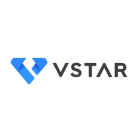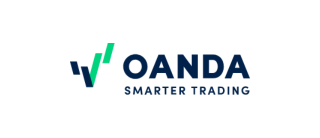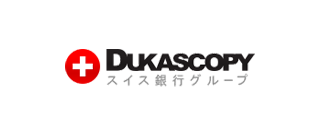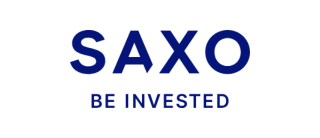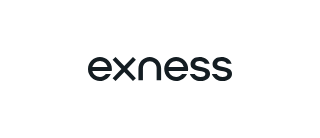VSTAR is a platform designed to help individuals learn about stock trading in a risk-free environment. It provides users with virtual money to simulate real-world trading scenarios. This is particularly beneficial for those who are new to the stock market and want to understand its dynamics without the fear of losing actual money.
\nUnderstanding Simulated Trading
\nSimulated trading is a method that allows traders to practice their strategies and test their skills in a controlled setting. The primary advantage of using such platforms is that they offer hands-on experience without any financial risk. Users can experiment with different investment techniques and see how these would perform under various market conditions.
\nThe Role of Virtual Stock Markets
\nVirtual stock markets within platforms like VSTAR mimic real-world exchanges. They provide users with up-to-date data on stocks, indices, and other financial instruments. By engaging with these virtual markets, users can gain insights into market trends and develop a better understanding of how economic indicators influence stock prices.
\nBenefits for Beginners
\nFor newcomers to the stock market, VSTAR offers an excellent opportunity to familiarize themselves with trading terminologies and practices. It serves as a stepping stone towards more advanced learning and eventually participating in live trading. The platform also encourages continuous education by providing resources and tutorials that enhance user knowledge.
\nHow VSTAR Works
\nUpon joining VSTAR, users receive a virtual account loaded with play money. They can then start buying and selling stocks based on their investment decisions. The platform tracks performance and provides feedback, helping users refine their approach over time. Additionally, VSTAR supports multiple currencies and offers customizable interfaces to suit individual preferences.
\nConclusion
\nIn conclusion, VSTAR represents a valuable tool for anyone interested in exploring the realm of stock trading. Through its simulated trading capabilities, it bridges the gap between theoretical knowledge and practical application. As users progress, they build confidence and competence, laying a solid foundation for future endeavors in the financial world.
